Not anything near EASY, but this thread got me thinking what I would do if I were to build one of these engines on a realtively tight $$ budget. Sooo, after about 5 hrs of research tonight(hard to find info on these things) this is what I have. Maybe someone will be interested maybe not.
1. Bore to 3.680 and install Ford 255(4.2L) v8 pistons. You have to bore the pin bores out to fit the .945 pin but you gain something valuable.
a. From what I can find the 2.8 piston is .060 in the hole creating a ground pounding 8.7:1 compression ratio. Piston compression height is 1.535. The 4.2 piston has a compression height of 1.585, placing the top a mere .009" from the deck. This raises compression to 9.5:1. Yah!
2. Next I would source some Toyota 3TC intake valves to gain a little cross section to spin about 6500 rpm size= 1.615". most likely would run 22r retainers and locks.
The exhaust looks to be a 4.0 v-6 ford piece 1.358" in diameter and will run stock locks and retainers. Valve springs for both applications are very similar with the 22r spring getting the nod(better pressures at the same installed heights) if the Ford head will accept a slightly smaller spring ID. Otherwise I'm sure there are drop in performance springs for both.
3. After the valve job, port work would be performed to increase airflow.
4. Contrary to popular belief, I would run headers, but of my own design, keeping primary pipes small and relatively long (30+inches) with a 2.125-2.250" collector
5.Flow numbers are really hard to come by for these engines (so far) so a cam is tricky right now.Preliminary thoughts are 270/280 230/230 .472/.450 net lift 110lsa 102 ICL STICK SHIFT ONLY. This cam will not work too well without a stall converter in your C3. Automatics would get a different profile.
This cam has better low rpm cylinder pressure potential than the larger of the 3 comps and more exh seat to seat due to the TERRIBLE exhaust ports
55 degrees overlap should be ok for power brakes (close).
My intake lobe seems bigger than the biggest of the Comps until you see that the advertised duration is at .020" valve lift. This one is at .006"
6. Not sure about induction. I have never seen an intake yet. My first instinct would be a 500 Holley 2bbl though.
Well there it is, my hypothetical 2.8 engine. Doesn't it sound nice? I am sure it will make 250hp here on the internet!

The numbers add up , but I have never built one of these engines. ( I would though!!)
Also OP there are some pretty good grinds for your engine at
http://catalog.elginind.com/app/Engi...gh+Performance
They can be had for less than the Comp stuff as well.
Now I can sleep!
Steve






 Reply With Quote
Reply With Quote



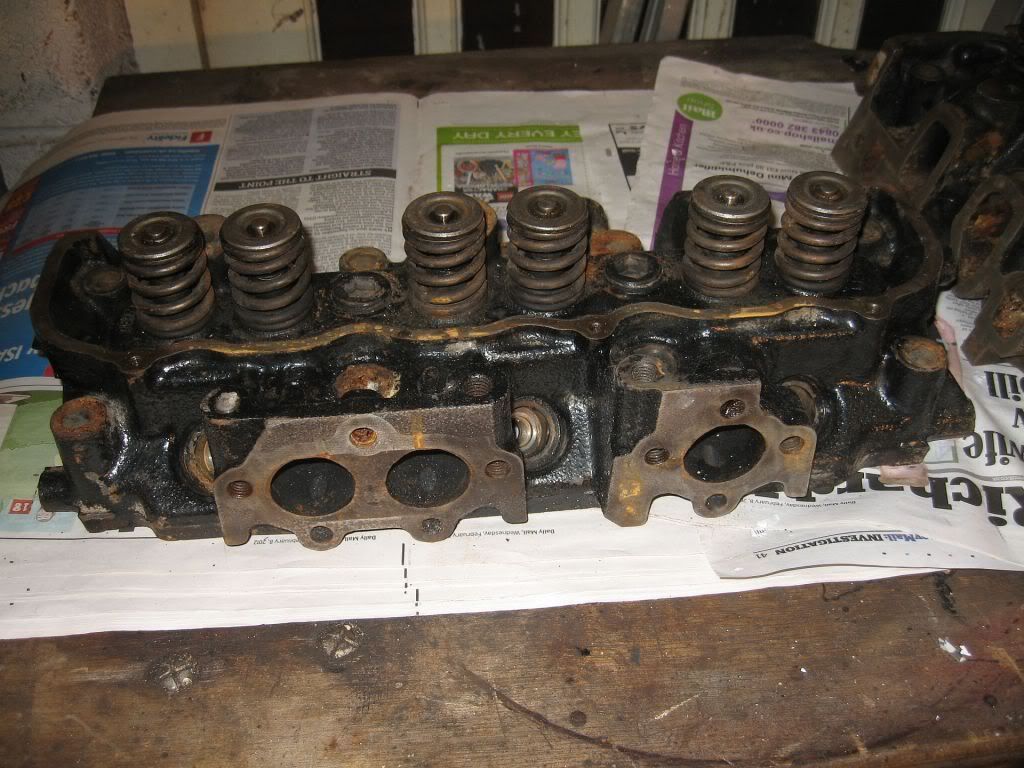
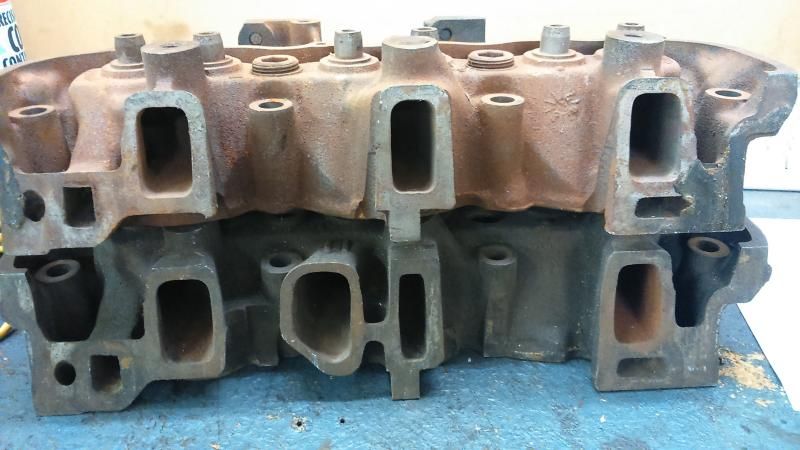

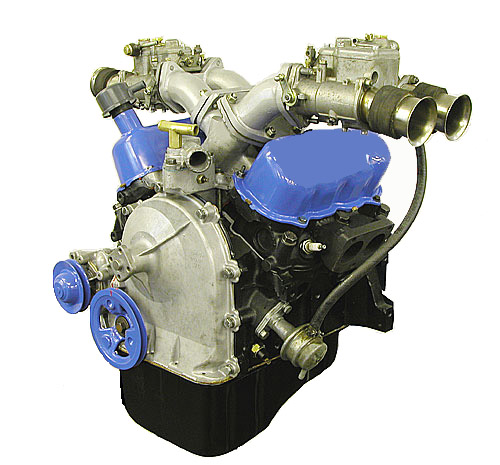
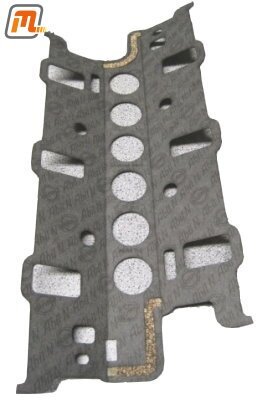


 ,
, 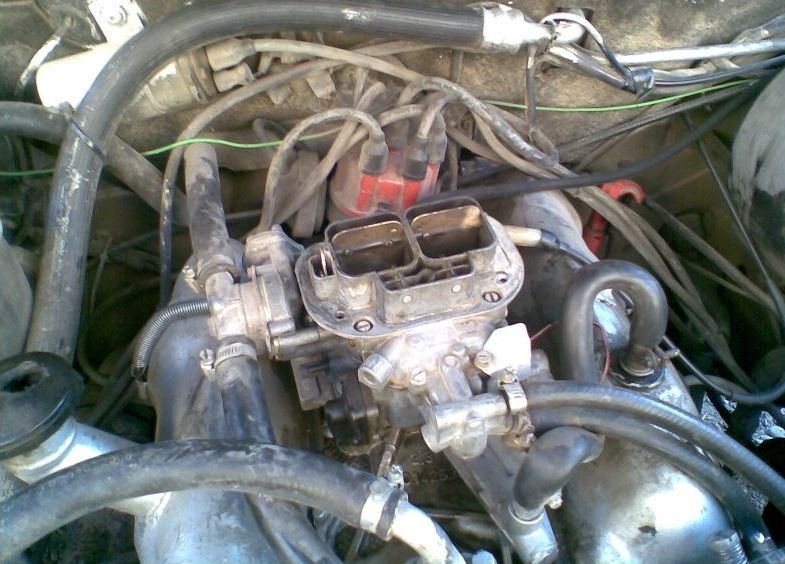
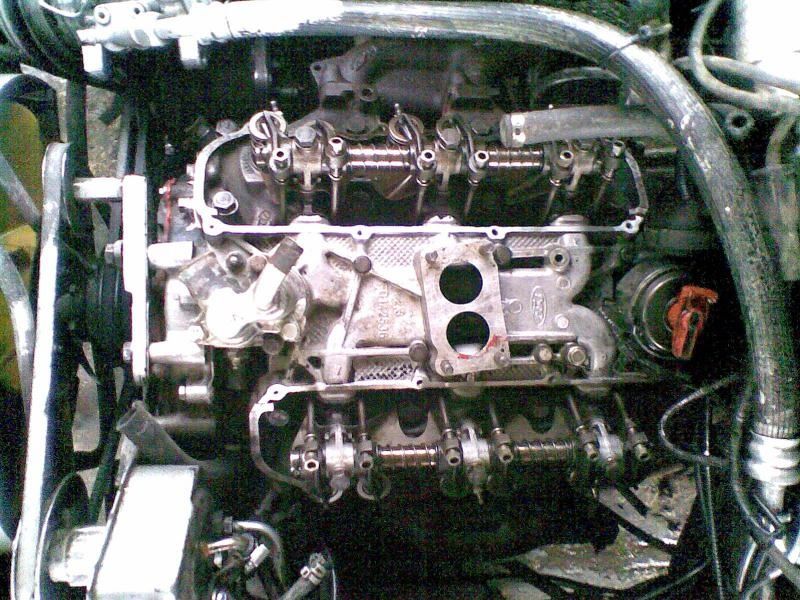
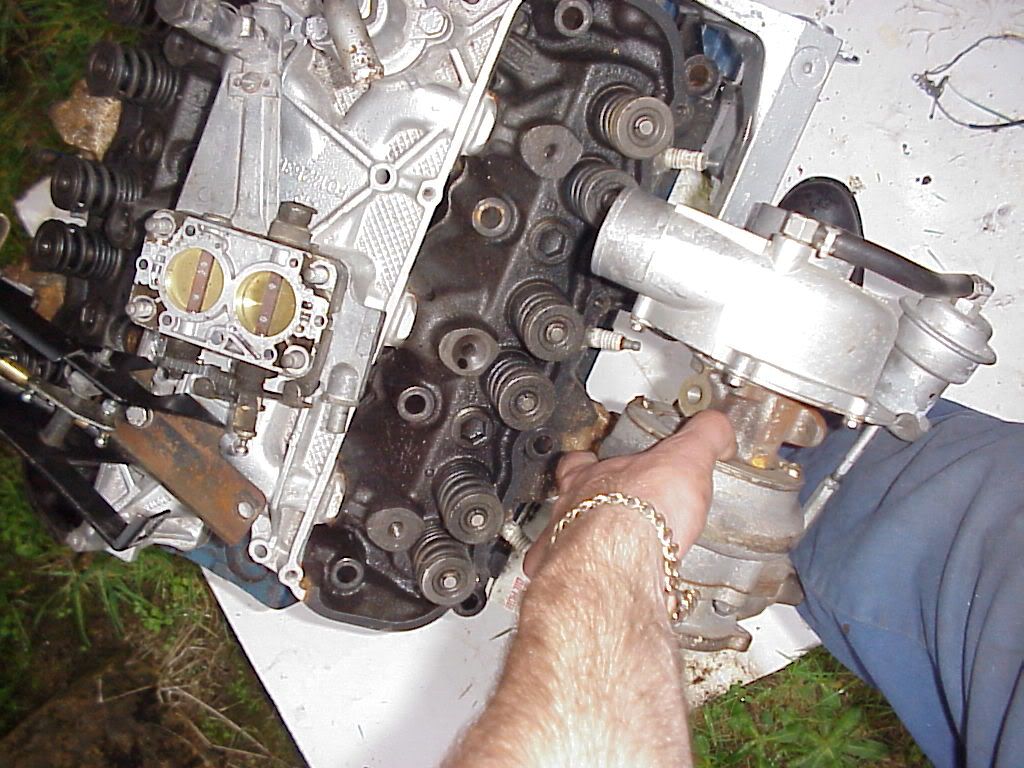
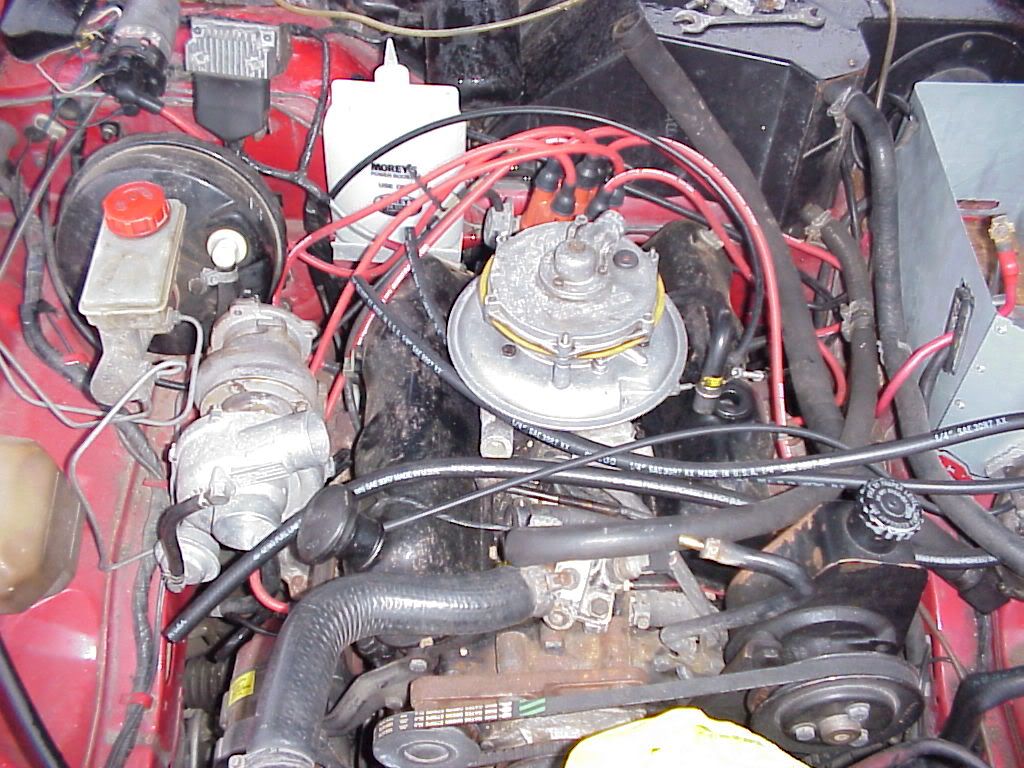
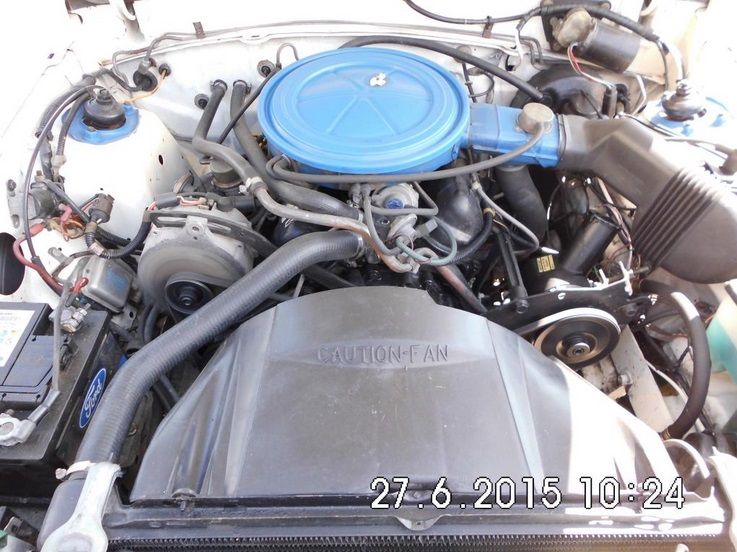
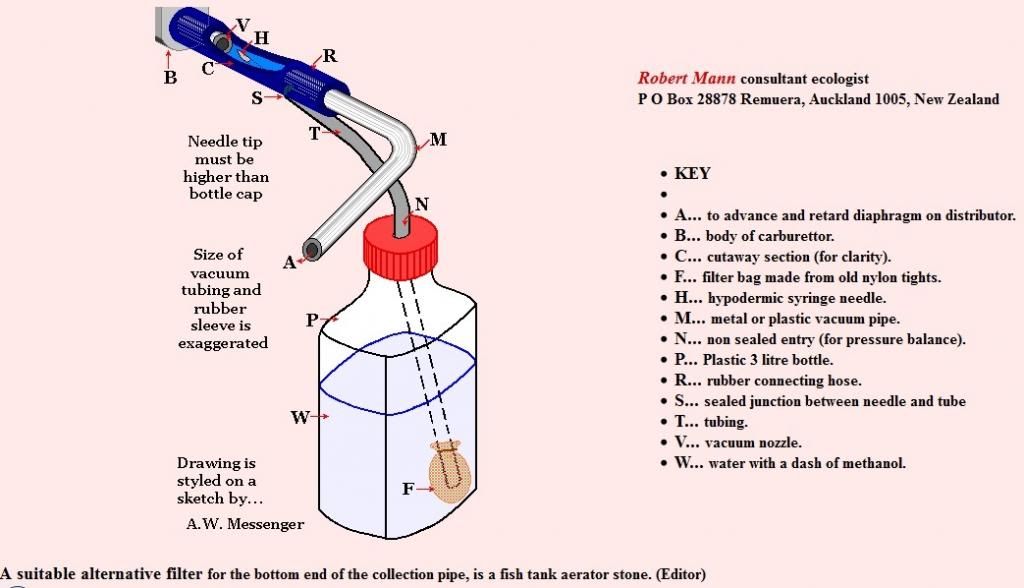






Connect With Us